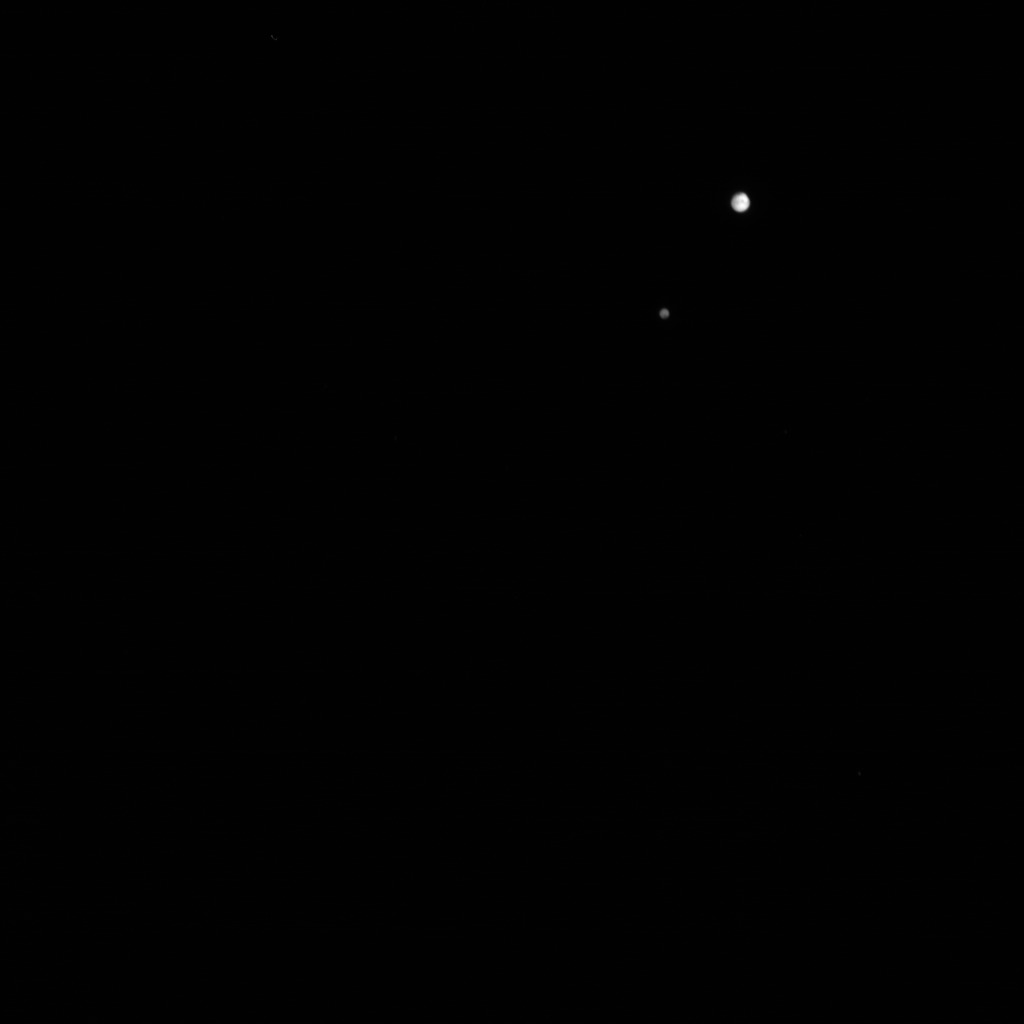aguero93:20
Well-Known Member
- Joined
- 21 Oct 2013
- Messages
- 90,256
- Location
- Hunting Cats.
- Team supported
- Some gobshites in day-glo green and black.
At current speed of ~60,000 km/h assuming it's constant, it would take New Horizons ~150 years to get to the closest boundary in the Oort Cloud and 249 million years to cross it completely. The Oort Cloud is a generation or two away from any scientific study unfortunately
Looking forward to that then :)


